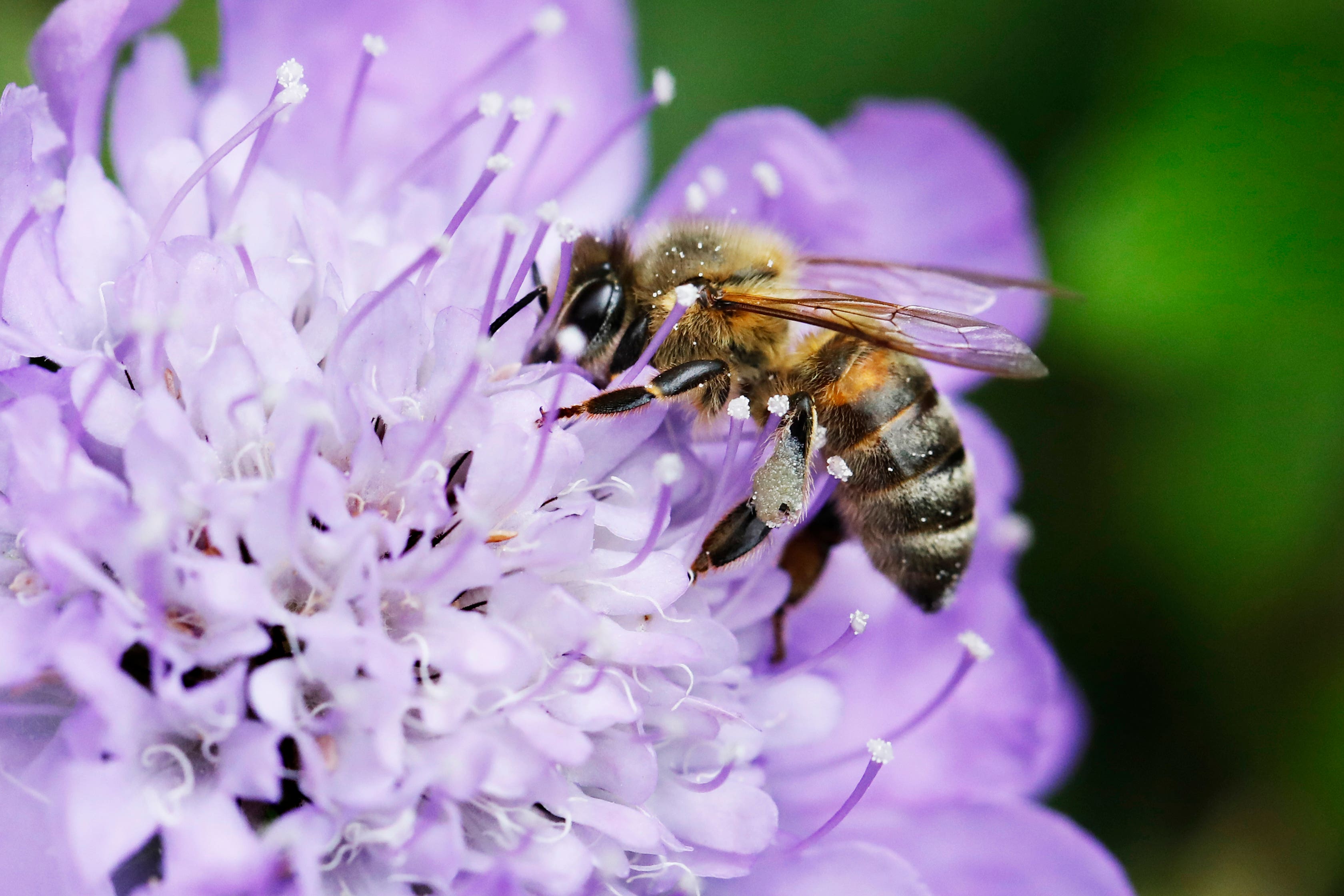Wildlife gardening with a modern twist
A garden designer shows how to attract wildlife to your outside space without compromising on style. By Hannah Stephenson.

Are you not a fan of long grass, nettles or rewilding parts of your garden, but still want to support bugs, bees and birds and make your outdoor space as wildlife friendly as possible?
Designer Martyn Wilson is doing just this for his chic The RSPCA Garden at this year’s RHS Chelsea Flower Show funded by Project Giving Back.
“An informal look is great for some people, but it’s vital all gardeners embrace wildlife, no matter their style. If you love clean lines and a much more contemporary vibe, there’s still lots you can do in your garden to attract wildlife,” he says.
A contemporary interpretation of a wildlife sanctuary, the RSPCA Chelsea Garden will include a raised wildlife-watching ‘hide’, natural stone feature walls housing contemporary bird-nesting boxes, a modern Corten steel interpretation of a ‘dead hedge’ to create habitats for birds, mammals and insects, while also recycling garden materials.
There will also be a water feature framed from recycled plastic, while planting will be in a multi-layered naturalistic style in shades of green, whites and tones of blue, with pollinator-friendly plants.
Here, Wilson offers his tips on how to welcome wildlife – while keeping your outdoor space looking modern.
1 Use a ‘dead hedge’ alternative
Creating a ‘dead hedge’ to act as a haven for insects usually involves forming a structure with old branches or stakes and then filling it with fallen leaves and garden prunings.
A contemporary alternative is a wire gabion basket, easily found online or at a DIY store, filled with woody material and clippings from your garden. It does the same job as a dead hedge, but is more contained and creates a stylish galvanised feature that insects will still love.
2. Plant evening stars
Plant night-scented plants such as honeysuckle and jasmine – their beautiful fragrance will attract moths, which will in turn feed foraging bats.
3. Build a bee bar
Create a stylish bee bar: plant pollinator-friendly plants in a contemporary raised bed or a series of planters. Place them symmetrically, or opt for the rule of three, which is a fail-safe designer trick to create eye-catching features.
4. Include year-round interest
Think about plants that will give all-year visual interest and attract wildlife too. Achillea millefolium ‘Terracotta’ is great for hoverflies during the summer. Leave the dead flower heads on through the winter and they look great in a frost.
Erysimum ‘Bowles’s Mauve’ is semi-evergreen, so will keep on flowering for months and is a magnet for bees. Amelanchier’s spring blossom will attract bees, birds will love its berries in the summer, and its autumn foliage looks stunning in any modern garden. Mahonia x media ‘Charity’ will do the same.
5. Consider climbers
If you have a small garden, train a climber on to stainless steel wires. It will soften boundaries and walls and create a habitat for birds and pollinators.
6. Create a natural bug hotel
For a low cost and out-of-sight bug hotel, when cutting back perennial plants with hollow stems, simply bundle and tie with natural garden twine and place towards the back of your flower border.
7. Use umbellifers
Plant umbellifers such as Anthriscus sylvestris ‘Ravenswing’ to attract beneficial pollinators such as hoverflies. These tall plants will offer a contemporary structural vibe to any outdoor space.
8. Make way for a green corridor
Think of your garden as part of a wider habitat or a ‘green corridor’ that is connected to the gardens, parks, canals, railway lines, verges around you. These all help wildlife species, including hedgehogs, foxes and badgers, to move through our natural and built environment. You can also create your own hedgehog highway by either lifting some fences with a brick or two, or cutting a few hedgehog-sized holes.
The RSPCA Garden is inspired by the frontline work of RSPCA teams and volunteers rescuing, rehabilitating and releasing thousands of wild animals and birds every year. The charity hopes the garden will inspire people to encourage wildlife into their gardens and take action protecting them from harm.
Find out more about how to help wildlife on the RSPCA website (rspca.org.uk).
Subscribe to Independent Premium to bookmark this article
Want to bookmark your favourite articles and stories to read or reference later? Start your Independent Premium subscription today.
